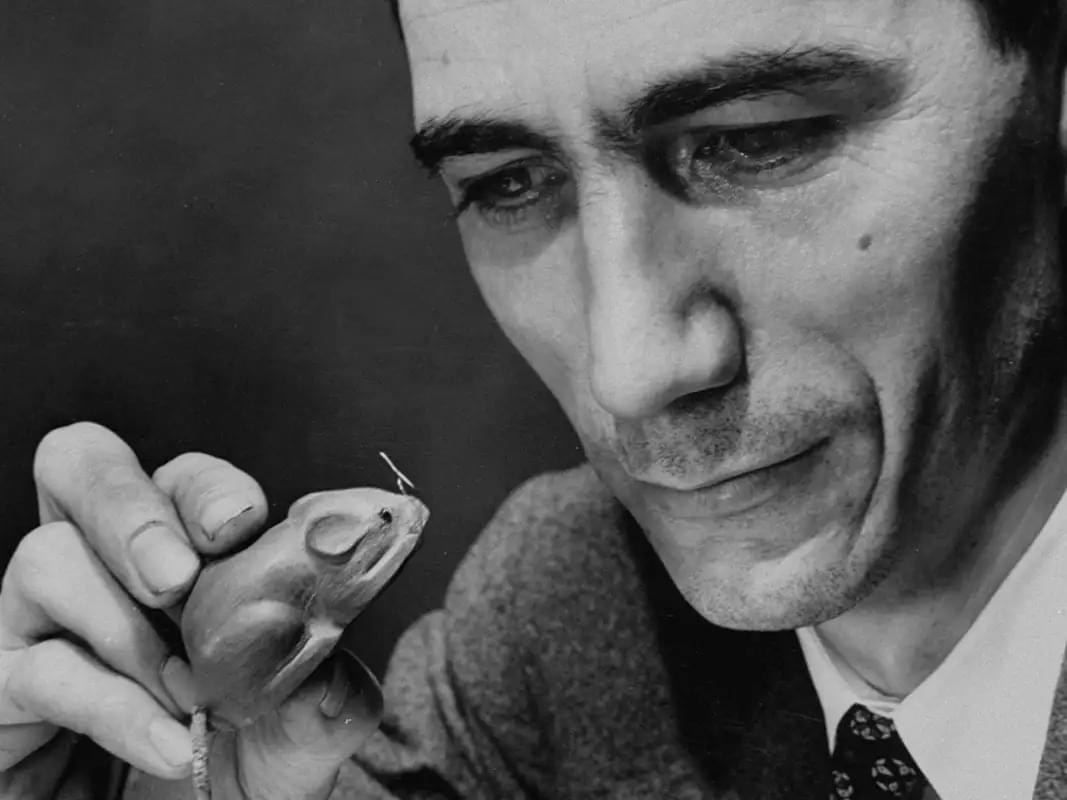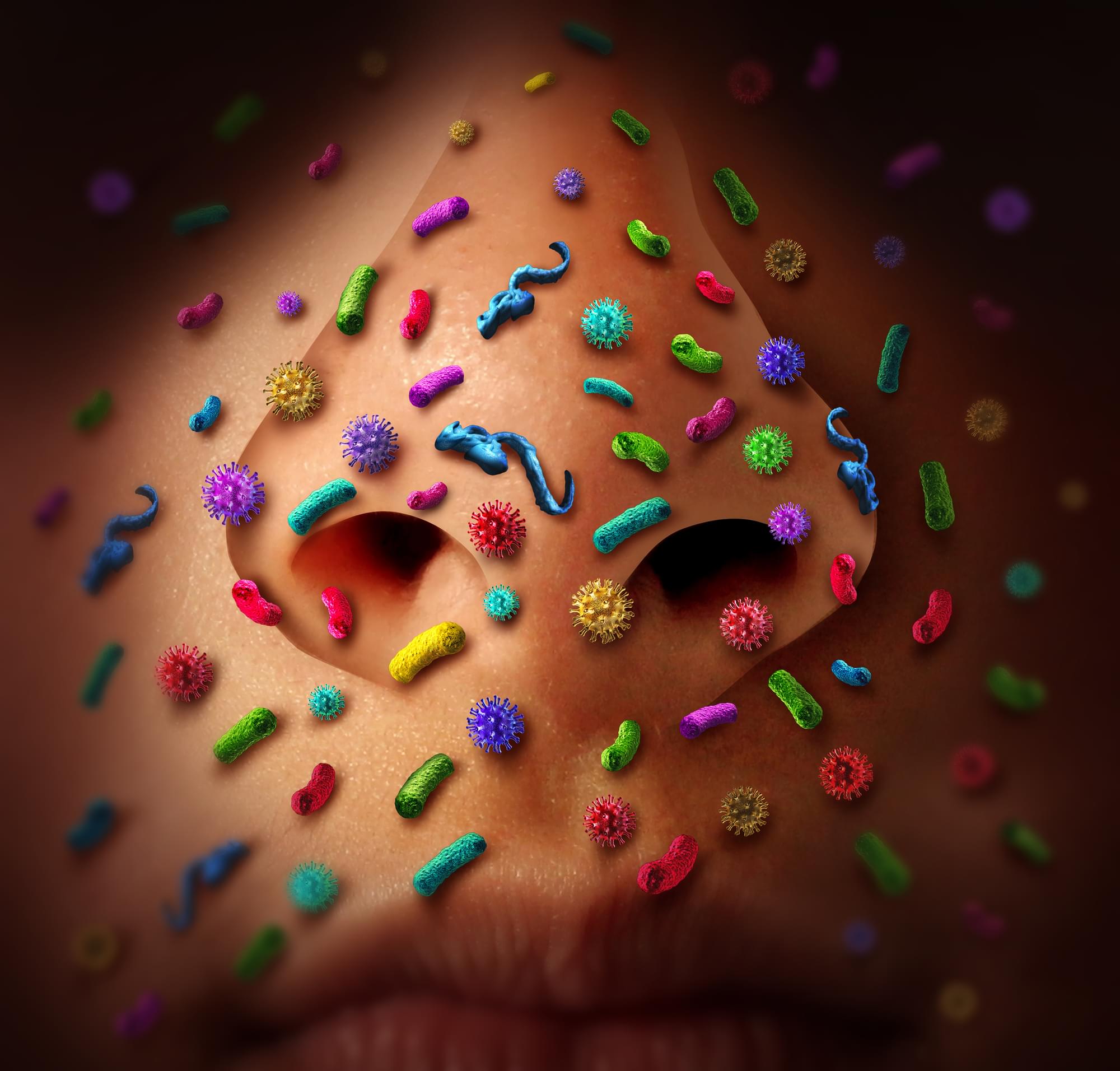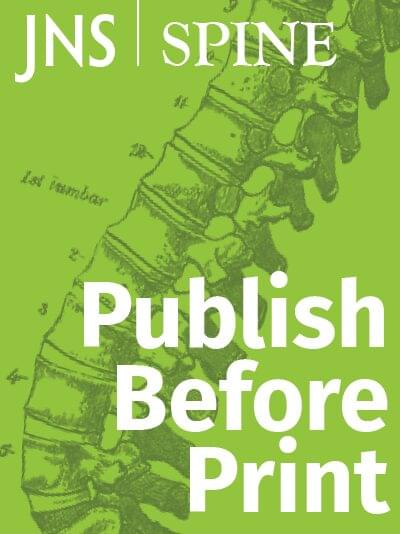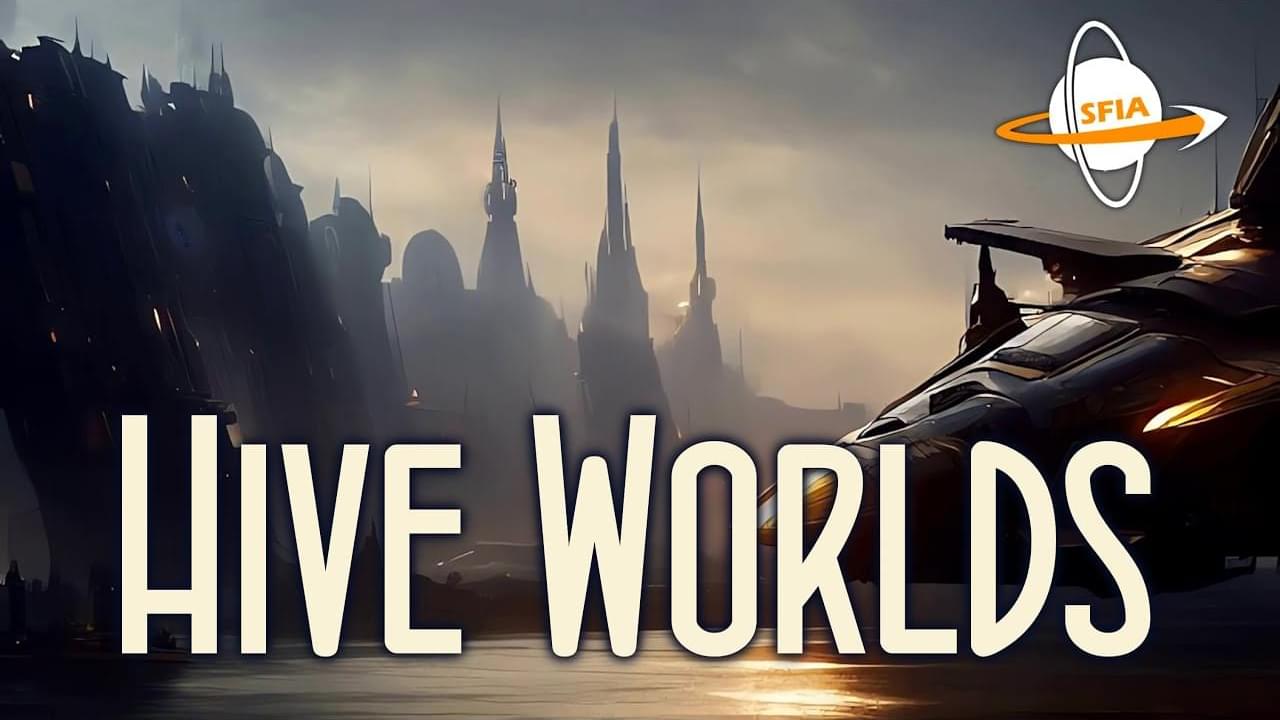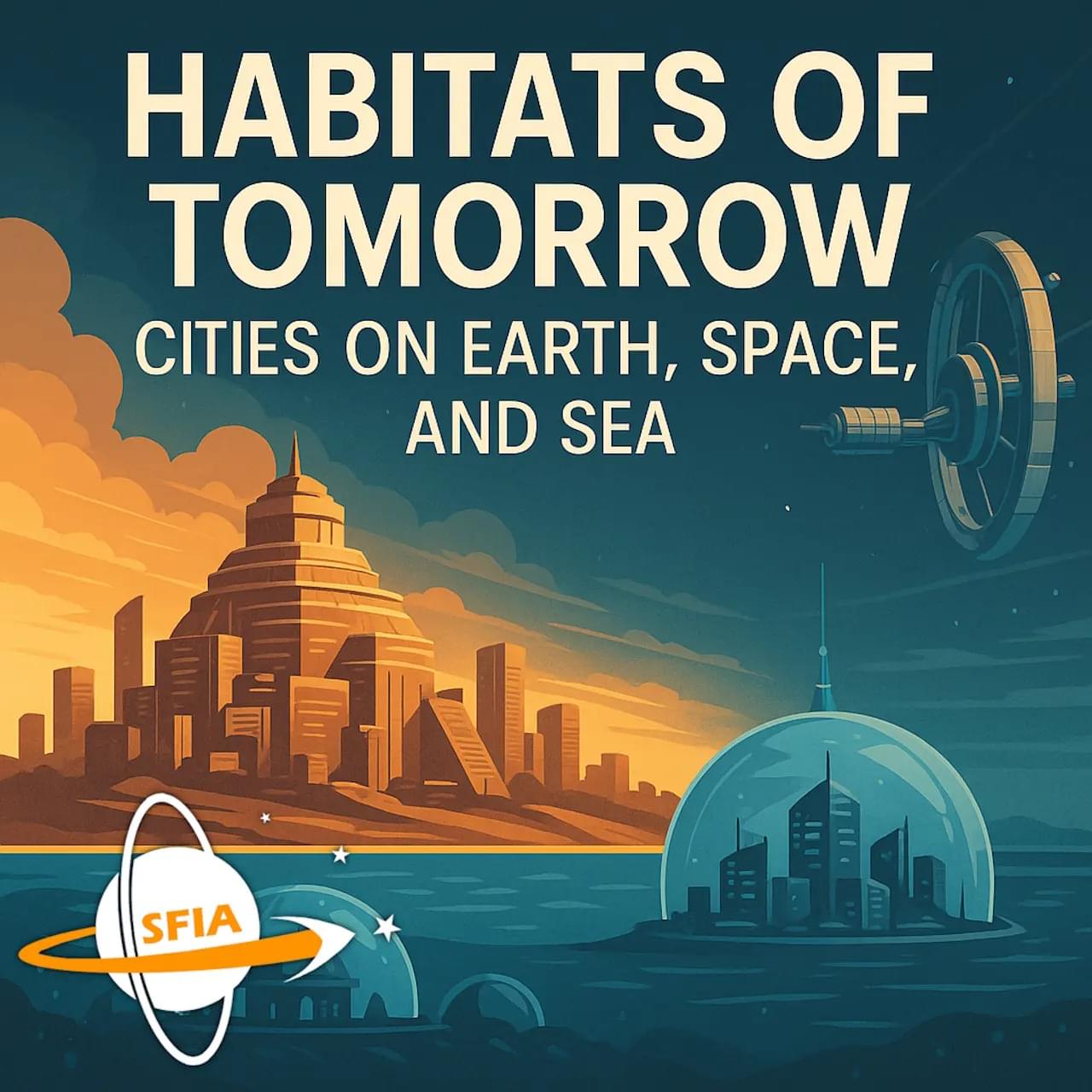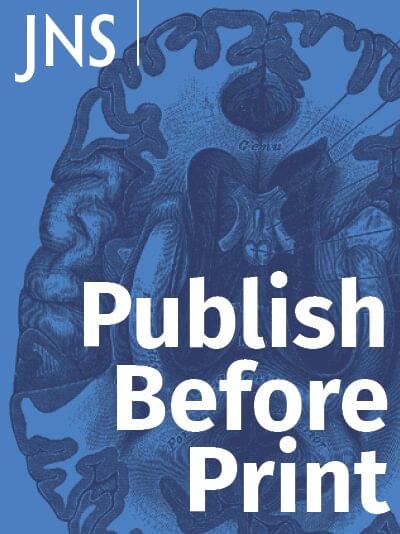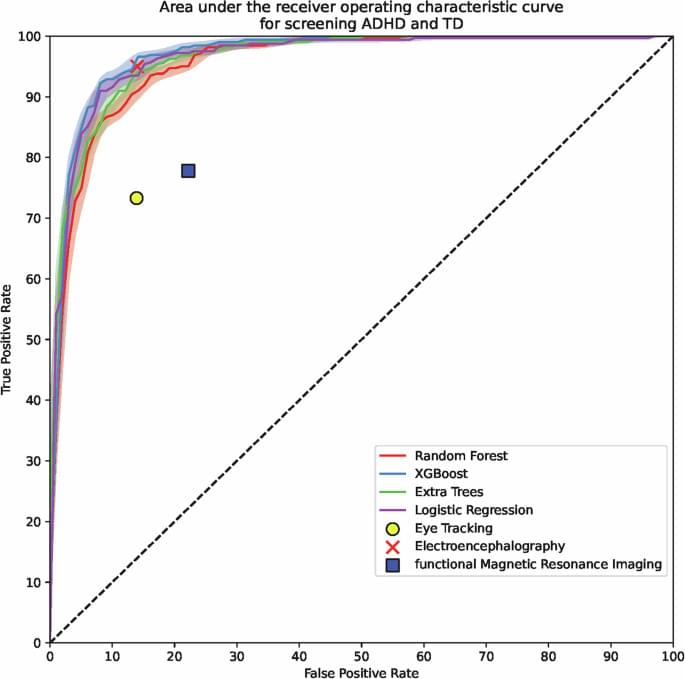Or, how MBA culture killed Bell Labs
Researchers in Australia have found evidence that bacteria that live in the nose can make their way into the brain through nasal cavity nerves, setting off a series of events that could lead to Alzheimer’s disease. The work adds to the growing body of evidence that Alzheimer’s may be initially triggered through viral or bacterial infections.
Chlamydia pneumoniae is a common bacterium that, as its name suggests, is a major cause of pneumonia, as well as a range of other respiratory diseases. But worryingly, it’s also been detected in the brain on occasion, indicating it could cause more insidious issues.
For the new study, researchers at Griffith University and the Queensland University of Technology set out to investigate how C. pneumoniae might get into the brain, and whether it could cause damage once there. The team already had an inkling about how this nose-dwelling bug might make the trek.
The influence of the magnitude of sagittal correction and local junctional factors on proximal junctional kyphosis and failure following correction of adult spinal deformity: an inverse probability weighted analysis
Posted in biotech/medical, health | Leave a Comment on The influence of the magnitude of sagittal correction and local junctional factors on proximal junctional kyphosis and failure following correction of adult spinal deformity: an inverse probability weighted analysis
Proximal junctional kyphosis (PJK) and proximal junctional failure (PJF) remain difficult problems following correction of adult spinal deformity (ASD). The goal of this study was to perform a comprehensive evaluation of risk factors associated with PJK and PJF using advanced statistical methods through inverse probability weighting (IPW).
Patients who presented to the authors’ institution with symptomatic ASD from 2013 to 2021 and who underwent thoracolumbar fusion ending in the pelvis were included in the study. The primary outcomes were development of PJK and PJF following ASD correction. PJK was classified using Glattes’ criteria. PJF was defined as a proximal junctional angle 20° from preoperative measures or complications at the upper instrumented vertebra (UIV) including vertebral body fracture, instability, and/or hardware failure. Patient charts and images (radiography, CT, and MRI) were used to extract demographics, measures of sagittal and coronal balance on pre-and postoperative radiography, operative techniques, and bone health metrics. Propensity score generation with IPW was used to control for confounding variables.
In total, 187 patients were included in the study with a median follow-up of 24.6 months. Sixty-nine patients (36.9%) developed PJK, while 26 (13.9%) developed PJF. Kaplan-Meier analysis showed that both PJK and PJF largely occurred within the 1st year of index ASD correction. IPW showed that patients who developed PJK had a larger correction in the sagittal plane including global lumbar lordosis (p < 0.001) and sagittal vertical axis (p = 0.020). PJF development was associated with factors at the UIV including low Hounsfield units (p = 0.026) and cranially directed screws at the UIV (p = 0.040).
Hive Worlds
Posted in futurism, media & arts | Leave a Comment on Hive Worlds
Science fiction often shows us dark, grimy, dystopian mega-cities in the future, but are such planet-wide cities possible, what would they be like, and how many people could they hold?
To get started planning a career that works on one of the world’s most pressing problems, sign up now at https://80000hours.org/isaacarthur.
Join this channel to get access to perks:
/ @isaacarthursfia.
Visit our Website: http://www.isaacarthur.net.
Join Nebula: https://go.nebula.tv/isaacarthur.
Support us on Patreon: / isaacarthur.
Support us on Subscribestar: https://www.subscribestar.com/isaac-a… Group: / 1,583,992,725,237,264 Reddit:
/ isaacarthur Twitter:
/ isaac_a_arthur on Twitter and RT our future content. SFIA Discord Server:
/ discord Credits: Hive Worlds Episode 394a, May 14, 2023 Produced, Written & Narrated by: Isaac Arthur Editors: Jason Burbank David McFarlane Graphics by: Aryeh Yakov Katz Jeremy Jozwik Katie Byrne Ken York Legiontech Studios Mikael Lampiranta Sergio Botero Steve Bowers The Ashdale Regiment Music Courtesy of: Epidemic Sound http://epidemicsound.com/creator Markus Junnikkala, “Hail The Victorious Dead” Stellardrone, “Red Giant”, “Ultra Deep Field” Sergey Cheremisinov, “Labyrinth”, “Forgotten Stars“
Facebook Group: / 1583992725237264
Reddit: / isaacarthur.
Twitter: / isaac_a_arthur on Twitter and RT our future content.
SFIA Discord Server: / discord.
Credits:
Hive Worlds.
Episode 394a, May 14, 2023
Produced, Written & Narrated by:
Isaac Arthur.
Editors:
Jason Burbank.
David McFarlane.
Graphics by:
Aryeh Yakov Katz.
Jeremy Jozwik.
Katie Byrne.
Ken York.
Legiontech Studios.
Mikael Lampiranta.
Sergio Botero.
Steve Bowers.
The Ashdale Regiment.
Music Courtesy of:
An innovative way to image atoms in cold gases could provide deeper insights into the atoms’ quantum correlations.
By popular request we’ve begun adding playlists of the show as Podcasts on Youtube Music, I’ll try to add a new one every 2–3 days till we have most of our inventory up there, but given today’s Episode is *Cities of the Future*, a collection of all of those seemed a good idea https://www.youtube.com/playlist?list=PLIIOUpOge0LuyCbYUhy-79RQKkOXonmx4 These are the (tentatively named) upcoming playlists/podcasts list I’ll be adding, in no particular order: Megastructures & Extreme Engineering The Fermi Paradox & Alien Civilizations Space Colonization & Habitats Post-Scarcity & Future Civilizations Transhumanism & Human Evolution Propulsion & Interstellar Travel Terraforming & Planetary Engineering Mind, Machines & Alien Intelligence Future Warfare & Defense Strange Worlds & Alien Life.
In this episode, Dr. Michael Levin, Distinguished Professor of Biology at Tufts University, joins Nathan to discuss embodied minds, his research into limb regeneration and collective intelligence, cognitive light cones, and much more. Dr. Levin and the Levin Lab work at the intersection of biology, artificial life, bioengineering, synthetic morphology, and cognitive science.
LINKS:
The Levin Lab and Dr. Michael Levin’s research: https://drmichaellevin.org/resources/
Dr Michael Levin’s blog: https://thoughtforms.life/about/
Tufts University Faculty Profile: https://as.tufts.edu/biology/people/f… Levin @ Wyss Institute: https://wyss.harvard.edu/team/associa… Dr. Levin’s Research on Limb Regeneration: https://news.uchicago.edu/how-bioelec… SPONSORS: The Brave search API can be used to assemble a data set to train your AI models and help with retrieval augmentation at the time of inference. All while remaining affordable with developer first pricing, integrating the Brave search API into your workflow translates to more ethical data sourcing and more human representative data sets. Try the Brave search API for free for up to 2000 queries per month at https://brave.com/api Omneky is an omnichannel creative generation platform that lets you launch hundreds of thousands of ad iterations that actually work customized across all platforms, with a click of a button. Omneky combines generative AI and real-time advertising data. Mention “Cog Rev” for 10% off www.omneky.com NetSuite has 25 years of providing financial software for all your business needs. More than 36,000 businesses have already upgraded to NetSuite by Oracle, gaining visibility and control over their financials, inventory, HR, eCommerce, and more. If you’re looking for an ERP platform ✅ head to NetSuite: http://netsuite.com/cognitive and download your own customized KPI checklist. X/SOCIAL @labenz (Nathan)@drmichaellevin (Michael) @CogRev_Podcast TIMESTAMPS: (00:00) Preview (01:07) Intro and brief summary (05:40) Xenobots, anthrobots and the other creatures created by Mike Levin (09:39) Bioelectric memory rewriting (15:01) Sponsor | BraveSearch API (16:09) The difficulty of conducting simulations, which involve running forward passes to predict and alter electrical patterns (20:30) The concept of backpropagation and mode switching in AI models (23:06) Why humans do not regenerate their limbs (37:10) Sponsor | Netsuite (39:40) Learning from small and biological systems onto the concept of possible emergence (45:16) The criticality of multiple scale questions and would a single scale? (55:49) The concept of the cognitive light cone (59:43) Advice on habits of mind and suggestions for inspiration on the AI side (1:13:36) Mike’s suggested directions for the AI developers (1:24:49) Wrap & Sponsor | Omneky The Cognitive Revolution is produced by Turpentine: a media network covering technology, business, and culture. Producer: Vivian Meng Editor: Graham Bessellieu For sponsor or guest inquiries, email: [email protected] Music licenses: ABZUSWHJII08TSRH 376I29BQPJASOLX2
Michael Levin @ Wyss Institute: https://wyss.harvard.edu/team/associa…
Dr. Levin’s Research on Limb Regeneration: https://news.uchicago.edu/how-bioelec…
SPONSORS:
The Brave search API can be used to assemble a data set to train your AI models and help with retrieval augmentation at the time of inference. All while remaining affordable with developer first pricing, integrating the Brave search API into your workflow translates to more ethical data sourcing and more human representative data sets. Try the Brave search API for free for up to 2000 queries per month at https://brave.com/api.
Omneky is an omnichannel creative generation platform that lets you launch hundreds of thousands of ad iterations that actually work customized across all platforms, with a click of a button. Omneky combines generative AI and real-time advertising data. Mention \.
In this episode, Dr. Michael Levin, Distinguished Professor of Biology at Tufts University, joins Nathan Labenz of @CognitiveRevolutionAI Podcast to discuss embodied minds, his research into limb regeneration and collective intelligence, cognitive light cones, and much more. Dr. Levin and the Levin Lab work at the intersection of biology, artificial life, bioengineering, synthetic morphology, and cognitive science.
Nathan just recorded a second episode with Michael Levin, on view at • Convergent Evolution: The Co-Revoluti… — 📰 Be notified early when Turpentine’s drops new publication: https://www.turpentine.co/exclusiveac… RECOMMENDED PODCAST: 🎙️ @CognitiveRevolutionPodcast The Cognitive Revolution is a podcast about AI where hosts Nathan Labenz and Erik Torenberg interview the builders on the edge of AI and explore the dramatic shift it will unlock over the next decades. Spotify: https://open.spotify.com/show/6yHyok3… Apple: https://podcasts.apple.com/us/podcast… — SPONSORS: 🎙️ Dealcraft | Insights from Great Negotiators https://link.chtbl.com/3CG3TbHY?sid=T… is the brand new weekly podcast that features interviews with world’s greatest dealmakers and diplomats, including Former Secretary of State Henry Kissinger, Blackstone CEO Steve Schwarzman, and music industry super-lawyer John Branca, on their most challenging negotiations. Each episode, host Jim Sebenius (Harvard Business School professor and renowned negotiation expert) relates fascinating deal stories and distills useful insights for listeners to apply in their toughest deals and disputes. 📝 Notion offers powerful workflow and automation templates, perfect for streamlining processes and laying the groundwork for AI-driven automation. With Notion AI, you can search across thousands of documents from various platforms, generating highly relevant analysis and content tailored just for you — try it for free at https://www.notion.com/product/ai?utm… 💥 Head to Squad to access global engineering without the headache and at a fraction of the cost: head to https://choosesquad.com/ and mention “Turpentine” to skip the waitlist. — LINKS: The Levin Lab and Dr. Michael Levin’s research: https://drmichaellevin.org/resources/ Dr Michael Levin’s blog: https://thoughtforms.life/about/ Tufts University Faculty Profile: https://as.tufts.edu/biology/people/f… Michael Levin @ Wyss Institute: https://wyss.harvard.edu/team/associa… Dr. Levin’s Research on Limb Regeneration: https://news.uchicago.edu/how-bioelec… — X / TWITTER: @labenz (Nathan) @drmichaellevin (Michael) @CogRev_Podcast @TurpentineMedia — TIMESTAMPS: (00:00) Intro (04:50) Xenobots, anthrobots and the other creatures created by Mike Levin (08:50) Bioelectric memory rewriting (14:09) Sponsors: Dealcraft | Notion (16:17) The difficulty of conducting simulations, which involve running forward passes to predict and alter electrical patterns (20:38) The concept of backpropagation and mode switching in AI models (23:12) Why humans do not regenerate their limbs (37:10) Sponsor: Squad (38:19) Learning from small and biological systems onto the concept of possible emergence (45:01) The criticality of multiple scale questions and would a single scale? (55:40) The concept of the cognitive light cone (59:34) Advice on habits of mind and suggestions for inspiration on the AI side (1:13:19) Mike’s suggested directions for the AI developers (1:23:41) Wrap.
📰 Be notified early when Turpentine’s drops new publication: https://www.turpentine.co/exclusiveac…
—
RECOMMENDED PODCAST:
OBJECTIVE The aim of this study was to evaluate the cortical nonenhancing tumor infiltration (CONTIN) sign as a predictive imaging biomarker for IDH-mutant gliomas, including diffuse gliomas with and without contrast enhancement. METHODS Imaging data were collected from patients with diffuse gliomas (grades 2–4) at Beijing Tiantan Hospital (BTH) from January 2019 to December 2021 (training set, n = 526) and from the University of California, San Francisco, preoperative diffuse glioma MRI dataset (UCSF PDGM; validation set, n = 501). Two independent reviewers assessed the CONTIN sign and other radiological features to develop a diagnostic strategy. RESULTS Interrater agreement for the CONTIN sign was almost perfect (κ = 0.812). In the BTH cohort, the prevalence of the CONTIN sign in IDH-mutant gliomas was 90.1% overall, with a rate of 92.2% (106÷115) in contrast-enhancing gliomas and 88.9% (168÷189) in nonenhancing gliomas. In the UCSF PDGM cohort, the overall prevalence was 85.4%, with 81.4% in contrast-enhancing gliomas and 88.3% in nonenhancing gliomas. In contrast-enhancing gliomas, the CONTIN sign significantly improved sensitivity compared with the T2-FLAIR mismatch (T2FMM) sign, with an increase from 14.8% to 92.2% in the BTH cohort and from 23.3% to 81.4% in the UCSF PDGM cohort. Additionally, the CONTIN sign had a high specificity (82.8% in the BTH cohort, 87.4% in the UCSF PDGM cohort) and negative predictive value (94.6% in the BTH cohort, 97.6% in the UCSF PDGM cohort). By integrating the CONTIN sign with T2FMM, contrast enhancement, age at diagnosis, and other features, a reliable diagnostic protocol for IDH-mutant gliomas was established. CONCLUSIONS The CONTIN sign was a robust imaging biomarker for identifying IDH mutation status in diffuse glioma, particularly for those with contrast enhancement. Preoperative knowledge of IDH mutation status can enhance patient counseling and inform treatment decision-making.
Few studies have directly examined the relationship between retinal structure and cognitive function in children. Provost et al. reported an inverse correlation of the dense retinal microvascular network with behavioral outcomes and sustained attention ability, which is consistent with our results66. However, no significant correlation between RNFL thickness and symptom severity of ADHD or EF performance has been reported. This indicates that although RNFL measurements may reflect certain neural characteristics of ADHD, they do not directly correlate with functional impairments67. Our ML model successfully stratified EF severity using retinal photograph analysis but did not achieve stratification of symptom severity as measured using the K-ARS. This corroborates the complexity of ADHD diagnosis and suggests that retinal biomarkers, although potentially valuable, should be considered complementary to conventional diagnostic tools, such as the DSM-5.
Nevertheless, the correlation between the retinal structure and EF deficits in ADHD supports its potential as a therapeutic biomarker. Notably, methylphenidate (MPH), a dopamine reuptake inhibitor, enhances various aspects related to attention in individuals with ADHD68, and significant differences in terms of parafoveal thickness were observed between the ADHD and TD groups, indicating a possible influence of MPH on retinal circulation69. Additionally, retinal thickness was positively correlated with the duration of MPH use, with greater retinal thickness in children undergoing treatment with MPH for 24 months70. Complementing these clinical findings, the animal study has shown that MPH exerts beneficial effects on the retina by reducing microgliosis, mitigating blood-retinal barrier dysfunction, and attenuating inflammatory responses71.
This study has some limitations. First, the dataset was derived from two hospitals in South Korea, potentially limiting the generalizability of our findings to broader populations. Future validation with external datasets encompassing diverse geographical and demographic settings is essential to confirm the global applicability of retinal biomarkers in ADHD screening and visual attention stratification. Nevertheless, our study provides robust preliminary evidence for the potential utility of retinal photographs in this context. Second, while retinal photographs were effective in identifying structural differences associated with ADHD, the two-dimensional nature of these images provides limited information. Although optical coherence tomography (OCT), incorporating three-dimensional imaging techniques, has been explored in ADHD and ASD populations, its results have been inconsistent25,72. Retinal photography, due to its rapidity and accessibility, may serve as a practical screening tool. On the one hand, advanced imaging modalities such as optical coherence tomography angiography (OCT-A) could complement retinal photography by capturing microvascular changes, presenting an alternative for further biomarker investigation. Third, our study focused on participants within a narrow age range (mean: approximately 9 years), which limits the generalizability of the findings to other developmental stages. Future research should investigate whether retinal biomarkers vary across age groups, considering the developmental trajectories of ADHD.
